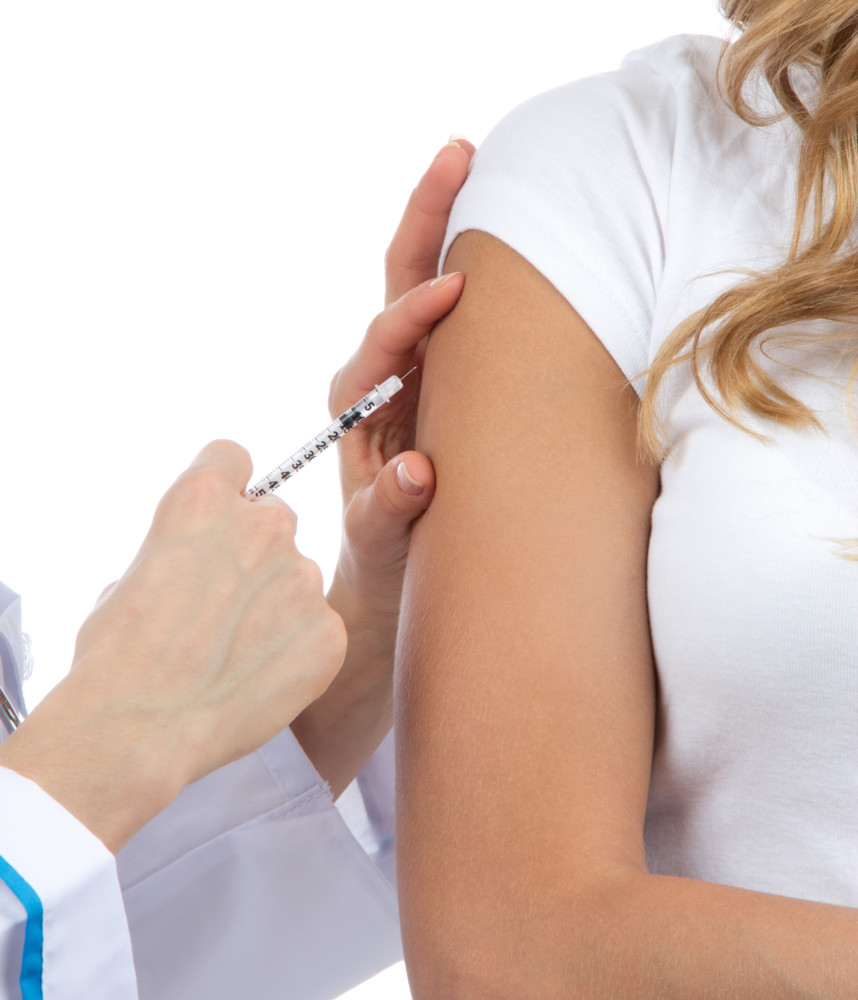By Cathie Anderson
The Sacramento Bee
WWR Article Summary (tl;dr) Health care industry analysts and researchers say smart devices and mobile apps have the potential to reshape public health alerts and responses.
Sacramento
Tech entrepreneurs and academic researchers are tracking the spread of flu in real-time, collecting data from social media and internet-connected devices that show startling accuracy when compared against surveillance data that public health officials don’t report until a week or two later.
Just imagine if hospital officials in the Bay Area and Southern California had access to flu forecasts showing them their emergency rooms would be overrun or that their stores of medicine needed to be increased. What if school district officials could proactively implement a closure to prevent further spread of flu at particular schools?
Smart devices and mobile apps have the potential to reshape public health alerts and responses, health care industry analysts and researchers told The Bee. Over in San Francisco, for instance, the staff of smart thermometer maker Kinsa were receiving temperature readings that augured the surge of flu patients in emergency rooms there.
Kinsa thermometers are part of the movement toward the Internet of Things — devices that automatically transmit information to a database. No personal information is shared, unless users decide to input information such as age and gender. Using data from more than 1 million devices in U.S. homes, the staff is able to track fever as it hits and use an algorithm to estimate impact for a broader population.
The week before Christmas in the Bay Area, Kinsa’s computations estimated, 270,000 Bay Area residents were showing signs of flu. By Christmas week, that number had risen to 313,500 and in the first week of 2018, the estimate had leapt to 362,600.
The situation was far more dire than that faced in the Sacramento region, where Kinsa estimated the incidence of flu was 151,000 the week before Christmas and rose to 160,100 and then 188,700 in the successive weeks.
Yet both regions saw the peak number of cases so far this season in the same period: the first week of January. Nationwide, however, the season did not peak until week 5 of 2018, the seven-day period ending Feb. 3. That week also had the heaviest California death toll of any week to date, at 36. As of Feb. 17, 202 Californians have lost their lives to flu this season.
Computational researcher Aaron Miller worked with an epidemiological team at the University of Iowa to assess the feasibility of using Kinsa data to forecast the spread of flu. He said the team first built a model using surveillance data from the CDC and used it to forecast the spread of influenza. Then the team created a model where they integrated the data from Kinsa along with that from the CDC.
“We got predictions that were … 10 to 50 percent better at predicting the spread of flu than when we used CDC data alone,” Miller said. “Potentially, in the future, if you had granular information from the devices and you had enough information, you could imagine doing analysis on a really local level to inform things like school closings.”
While Kinsa uses readings taken in homes, academic researchers and companies such as sickweather.com are using crowdsourcing from social media networks to provide information on the spread of flu.
Siddharth Shah, a transformational health industry analyst at Frost & Sullivan, pointed to an award-winning international study led by researchers at Northeastern University that tracked flu through Twitter posts and other key parameters of flu.
When compared with official influenza surveillance systems, the researchers said, the model accurately forecast the evolution of influenza up to six weeks in advance, much earlier than prior models. Such advance warnings would give health agencies significantly more time to expand upon medical resources or to alert the public to measures they can take to prevent transmission of the disease.
Miller said University of Iowa researchers are looking at other ways that the Kinsa data can be used effectively to help families: Can more sophisticated models be used to track the spread of disease? How often does flu spread between members of a household? Can information from these devices better inform clinicians about more effective ways to manage their practices?
“There’s a lot of opportunities to use the Internet of Things to study problems in health care and problems in public health that differ from the way we traditionally collect data,” Miller said. “It can reveal things that are challenging without using devices.”
Miller does not think, though, that these new sources of data have yet made the traditional CDC surveillance channels obsolete.
“When it comes to studying things like infectious diseases, the challenge is when we’re just getting things like temperature readings,” Miller said. “Because we’re not working with microbiological specimens, we can’t confirm that what we’re looking at is influenza. … We went through a number of procedures in the paper to try to validate that what we were looking at influenza, but at the end of the day, we can’t necessarily confirm that.”
For now, Shah said, technology will probably only augment or complement traditional public data streams. However, he added, innovations already are changing how diseases are tracked. Chronic disease management, for instance, is going digital with devices such as Omada health that helps people with Type 2 diabetes better manage health challenges and Noom, a mobile app that helps people stop dieting and instead work toward true lifestyle change.
“(This) is good indeed,” Shah said, “but if we can figure out a way to make the entire ecosystem of IoT devices around a patient work together, and collect that data and leverage it for a population level — that’s when public health will have been truly disrupted.”














































































































































































































































































































































































